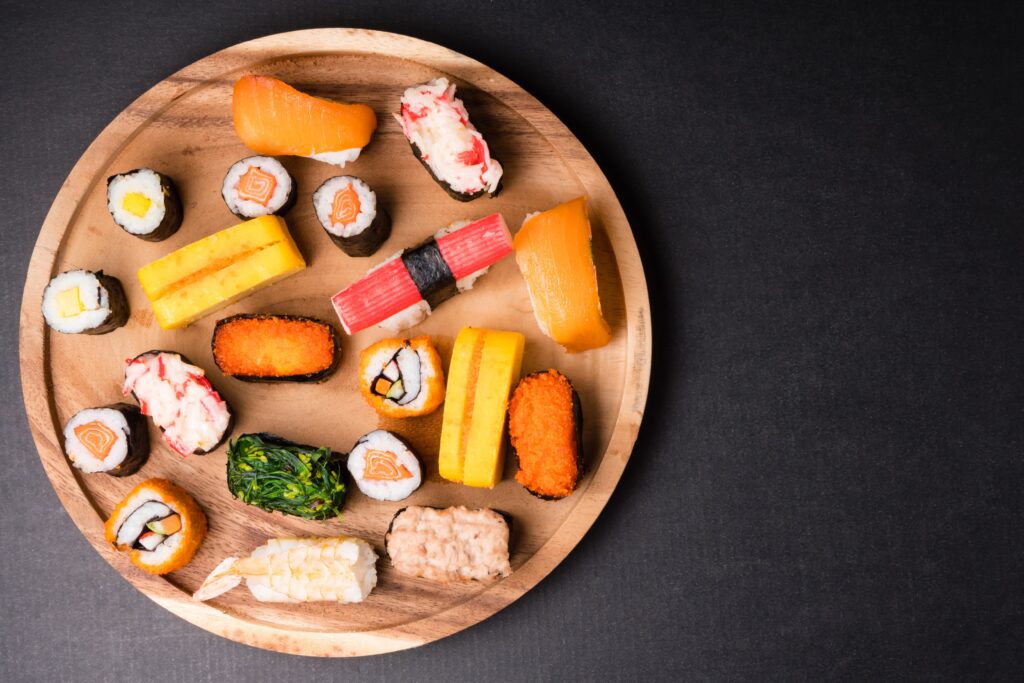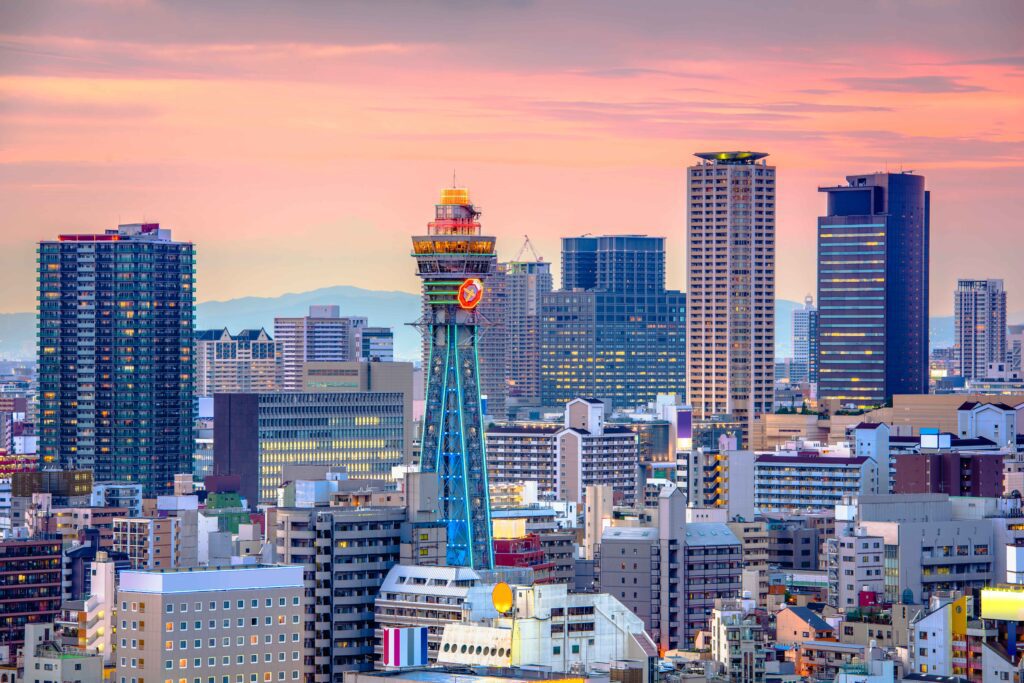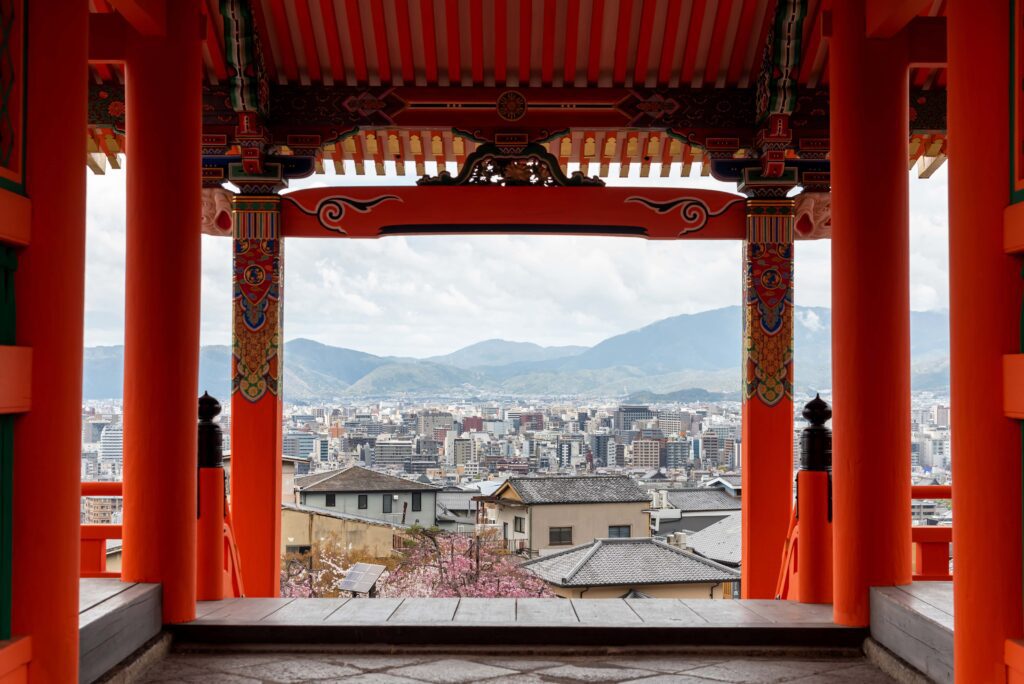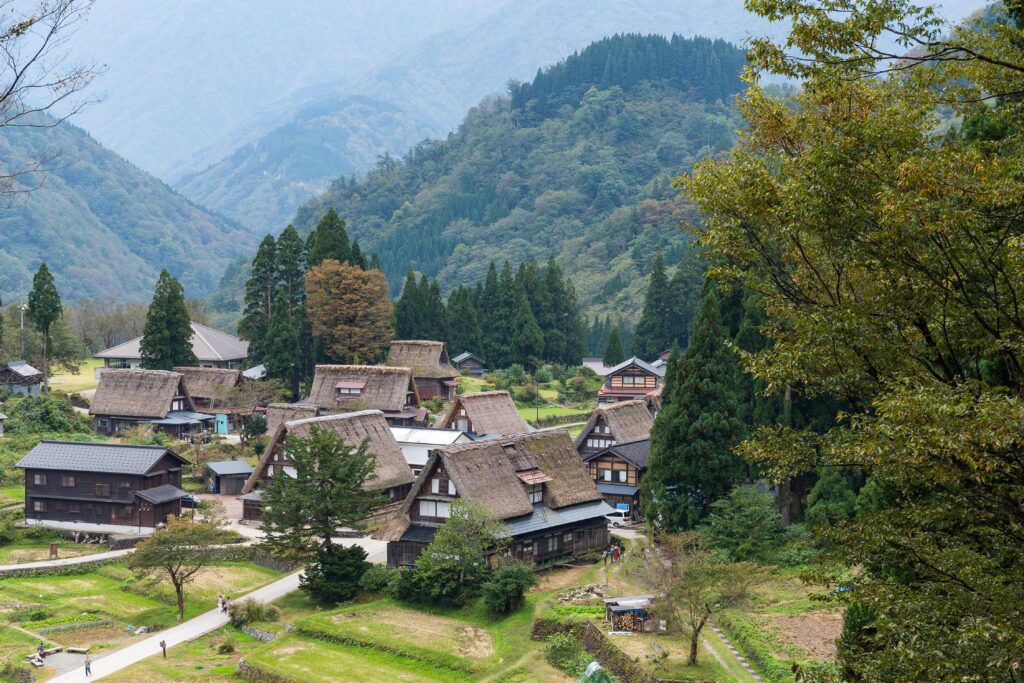Today, sushi is seen as an integral part of many cultures’ diets outside of Japan. But where did it start? What is the origin of sushi?
From its humble beginnings outside Japan to its evolution into distinct regional styles, we will explore the origins of sushi and how it has transformed over time.
Let’s roll!

Origin of Sushi
The technique of preserving fish with rice, known as narezushi, originated in Southeast Asia before making its way to Japan around the 8th century.
Over the next few centuries, the Japanese adapted the dish. The main difference began by reducing fermentation time, which eventually led to the development of Hayazushi, where fish and rice were consumed together rather than discarded.
In the 19th century, Edo (modern-day Tokyo) saw the rise of Edomae-zushi, which replaced fermentation with fresh seafood, served atop vinegared rice in small portions. This style laid the foundation for modern sushi.
Early Forms of Sushi
The earliest form of sushi is called Narezushi. For this, fish are salted and fermented with rice for months to a year. The rice was typically discarded and only the preserved fish was eaten.
After some experimentation, Han-narezushi began to grow as a popular version of sushi. This differed from Narezushi because the fermentation time was shortened. This made the fish and rice edible.
In the 17th century, fermentation was stopped altogether and Hayazushi took over. Rice was seasoned with vinegar to mimic the tangy flavor of fermentation, allowing for immediate consumption.
Finally, Edomae-zushi, as referenced earlier, was created in the 19th century in Edo. Edomae-zushi used fresh, locally sourced seafood with smaller rice portions seasoned with vinegar, resembling what we recognize as nigiri sushi today.
Modern-Day Sushi
Today, sushi has evolved even further into styles that cater to different tastes and diets around the world. Many options like Nigiri and Edomae will be gone over later in this blog, but there are many westernized versions of sushi available.
There are variations such as the:
- California roll
- Spicy tuna roll
- Philadelphia roll
- Sushi burritos (yes, they’re real)
These often incorporate non-traditional ingredients like avocado, cream cheese, and spicy mayo. As sushi continues to evolve, adapting to local ingredients and culinary trends, it is important to maintain its structure and deep cultural roots.
Sushi by Region

Now that we have gone over the brief history of sushi, it is time to go deeper. Just like the United States, depending on where you are from in a country, it can have local specialties or favorites. Sushi is no stranger to this.
Here are the different types of sushi origins by each region of Japan:
Edo Region (Tokyo)

As discussed earlier, the Edo region, now Tokyo, is the birthplace of Edomae-zushi. This region emphasizes fresh seafood and simple preparation.
Nigiri
A small hand-pressed mound of vinegared rice topped with fresh seafood like tuna, salmon, or shrimp.
Edomae
Sushi made with fish sourced from Edo Bay, often treated with techniques like marination or light curing to enhance flavors.
Kansai Region (Osaka)

Osaka is known for its pressed sushi, which differs from the hand-formed styles of Edo.
Oshizushi
A rectangular block of sushi made by pressing layers of rice and fish in a wooden mold.
Hakozushi
A variation of oshizushi, where layers of fish, rice, and other ingredients are arranged in a box and cut into neat pieces.
Kyoto

Due to Kyoto’s inland location, sushi styles here focus on preserved fish.
Saba-zushi
A Kyoto specialty featuring vinegared mackerel (saba) atop rice and wrapped in kombu (kelp) or bamboo leaves.
Kyozushi
A term encompassing various Kyoto sushi styles, often incorporating cured fish and local ingredients.
Kyushu Region

Kyushu is known for its bold flavors and use of local seafood.
Mentaiko
Spicy marinated pollock roe, often served atop rice or inside sushi rolls.
Iwashi
Sardine sushi, a regional specialty known for its rich flavor and umami.
Hokkaido

Hokkaido, Japan’s northernmost island, is famous for its fresh seafood.
Kaisendon
A rice bowl topped with an assortment of raw seafood like salmon, crab, and scallops, sometimes considered a sushi variant.
Uni
Sea urchin, prized for its creamy texture and briny sweetness, commonly enjoyed in sushi or rice bowls.
Chubu Region

This central region of Japan features unique sushi ingredients from its coastal and mountainous areas.
Masu-zushi
Trout sushi wrapped in bamboo leaves, a specialty of Toyama Prefecture.
Shiroebi
Tiny white shrimp, often served raw over sushi rice due to their delicate sweetness.
Nagoya Region
Nagoya has distinctive sushi-inspired dishes blending local flavors.
Hitsumabushi
While not traditional sushi, this grilled eel dish is served over rice and eaten in multiple ways, including with tea or broth.
Tenmusus
A fusion of sushi and tempura, featuring shrimp tempura wrapped in rice and nori, forming a handheld rice ball.
Try Different Types of Sushi at Kobé Japanese Steakhouse
Now that you’ve explored the origin of sushi and its regional varieties, why not take them for a “taste” drive? At Kobé Japanese Steakhouse, you can try them for yourself! Come in, sit at one of our sushi bars and watch as our world-renowned sushi chefs create your rolls.
Bringing friends or family? Book a reservation today so everyone can try an amazing sushi roll!